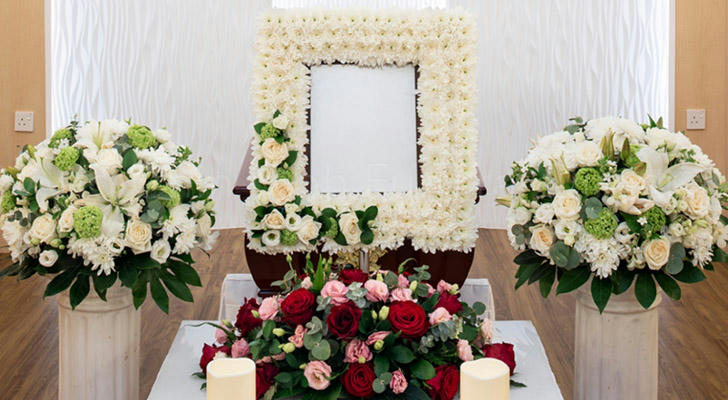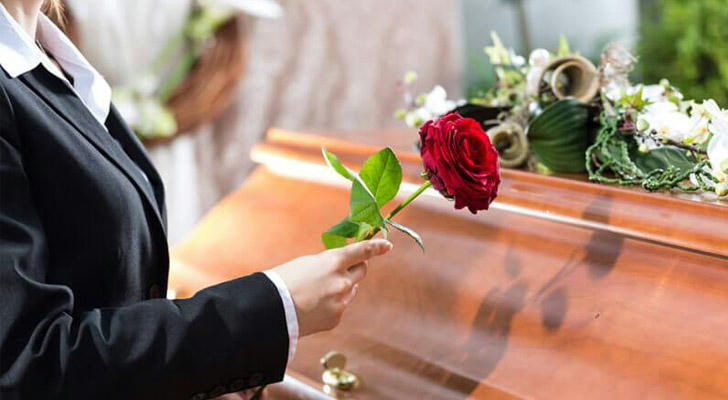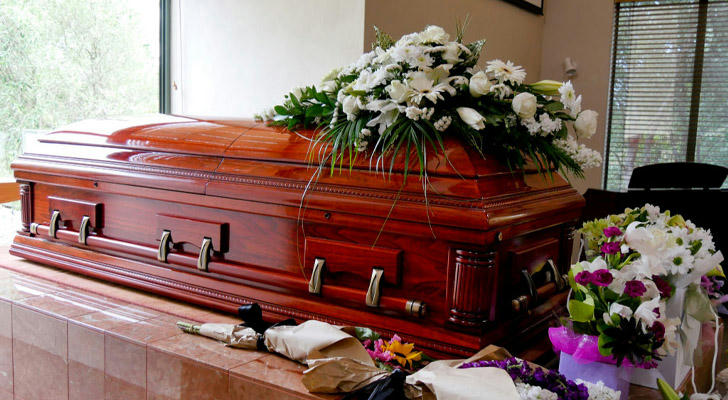Unveiling The Cultural Customs In Funeral Services

In contemporary society, funerals and memorial services transcend mere rituals; they embody deep-seated cultural values and traditions that reflect a community’s attitude toward life and death. From elaborate ceremonies to simple farewells, each culture has its unique approach to honoring the deceased. Understanding these diverse customs not only provides insights into different cultural practices but also highlights the significance of funeral services in various societies. This article delves into various cultural customs in funeral services, exploring their underlying meanings and presenting real-life examples to illustrate these practices.

I.Traditional Rituals: Honoring the Deceased
Traditional funeral rituals vary significantly across cultures, reflecting the diverse ways in which societies approach death and mourning. For example, in many Asian cultures, such as in China, the funeral service includes elaborate ceremonies meant to ensure a peaceful transition for the deceased into the afterlife. These may involve burning incense, offering food, and performing ritualistic dances. Such customs are deeply rooted in beliefs about the afterlife and the spiritual journey of the deceased, illustrating how traditions serve to provide comfort and closure to the bereaved.
II.Ceremonial Practices: From Simple to Elaborate
Funerals can range from simple services to grand ceremonies, depending on cultural norms and individual preferences. In Western cultures, particularly in the United States, funerals often involve a wake, a formal service at a funeral home or place of worship, and a graveside ceremony. This structure allows for a communal expression of grief and provides a platform for the deceased's life to be celebrated through eulogies and personal tributes. On the other hand, in Jewish culture, funerals typically emphasize a straightforward and prompt burial, accompanied by prayers and the recitation of psalms, reflecting the belief in the sanctity of simplicity and the importance of honoring the deceased without delay.

III.Symbolic Practices: Meaning Behind Rituals
Many funeral customs are imbued with symbolic meanings that reflect the values and beliefs of the culture. For instance, in Mexican culture, the Day of the Dead (Día de los Muertos) is a vibrant celebration where families gather to honor their deceased loved ones. Altars are decorated with marigolds, candles, and photos, symbolizing the connection between the living and the dead. This celebration not only commemorates the deceased but also reaffirms the belief in the ongoing presence of ancestors in the lives of the living.
IV.Cultural Sensitivity and Personal Preferences
1.Understand Cultural Preferences
Cultural preferences and customs must be considered when planning a funeral service. Families should clearly communicate their wishes and expectations to the funeral service provider to ensure that arrangements are consistent with their cultural and personal values. This includes understanding specific rituals, dietary requirements, and symbolic customs that may be important to the family.
2.Respect for Traditions
Funeral service providers must respect and understand various cultural traditions. This ensures that the funeral service appropriately honors the deceased and provides comfort to grieving family members. Providing a culturally sensitive service not only demonstrates respect, but also helps create a more meaningful and supportive experience for those mourning the loss of a loved one.
V.Case
Maria was a beloved member of the Mexican community, known for her lively personality and strong family connections. When she passed away, her family chose to honor her with traditional Day of the Dead celebrations, a custom deeply rooted in Mexican culture.
Maria’s family set up an elaborate altar in their home in preparation for the Day of the Dead. They decorated it with brightly colored marigolds, sugar skulls, and photos of Maria, as well as her favorite foods and drinks. This altar, called an offering, serves as a symbolic bridge between the living and the dead.
On the day of the celebration, family and friends gathered to celebrate Maria’s life. They shared stories, sang traditional songs, and participated in a lively procession to a local cemetery. The vibrant atmosphere, solemn and joyful, reflected Maria’s lively spirit and the cultural significance of this ceremony. The offering was a focal point, allowing participants to pay their respects and keep Maria’s memory alive in a meaningful and culturally resonant way.
Maria’s family found solace and comfort in this traditional celebration. They felt deeply connected to their cultural traditions and to Maria’s spirit. The ceremony allowed them to both grieve and celebrate her life, illustrating how cultural practices can provide emotional and spiritual support during the loss of a loved one.

VI.Conclusion
In summary, funerals are deeply rooted in cultural practices and customs that reflect a community’s values and beliefs about life and death. From traditional rituals to symbolic practices, these practices provide comfort and solace to the bereaved family while honoring the deceased in a culturally meaningful way. Through real-life examples, such as Maria’s Day of the Dead celebrations, we see how these practices provide emotional support and a connection to cultural heritage. As societies become increasingly diverse, understanding and respecting these different practices in funerals is essential to providing meaningful and respectful services for all families.
